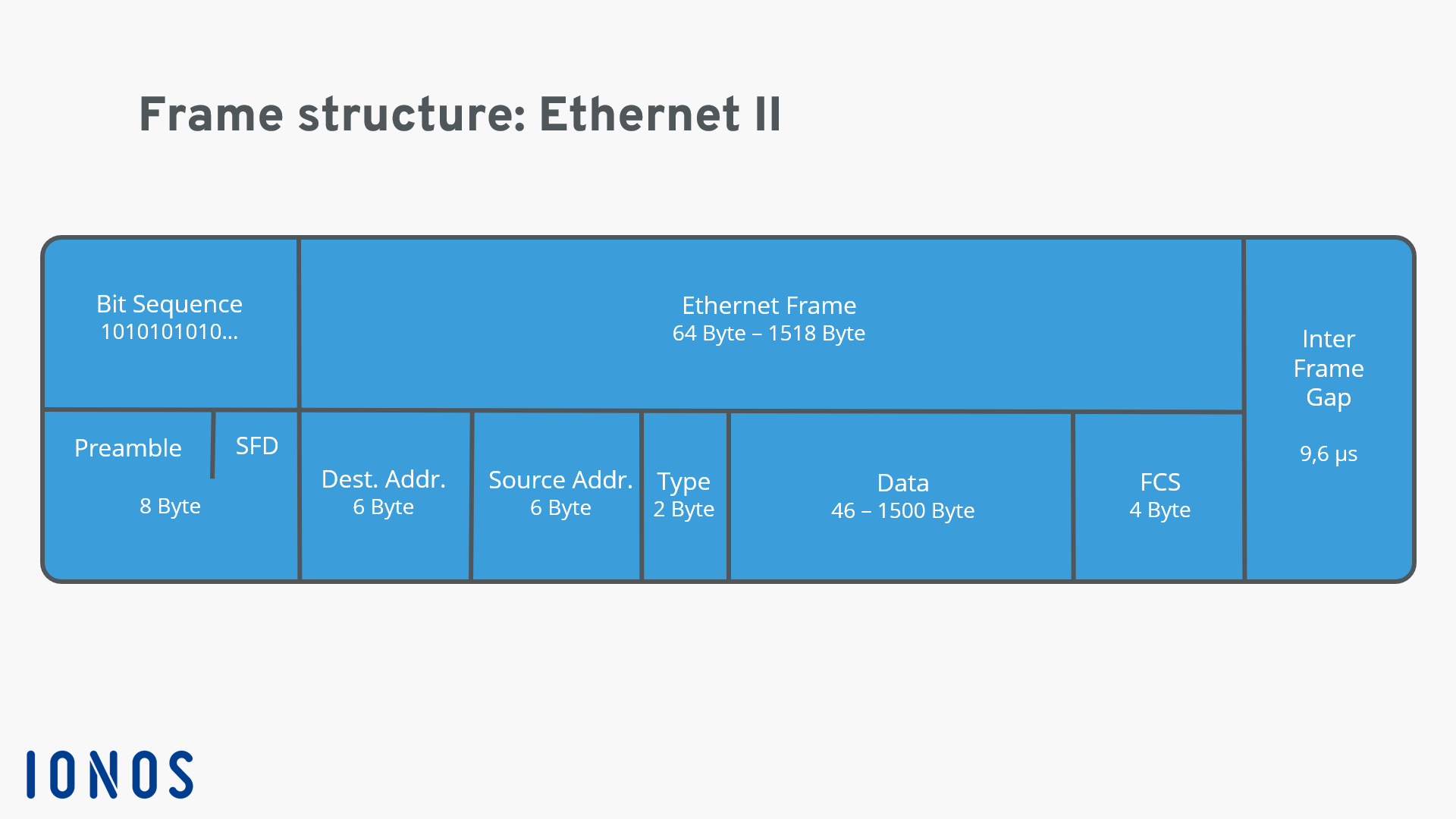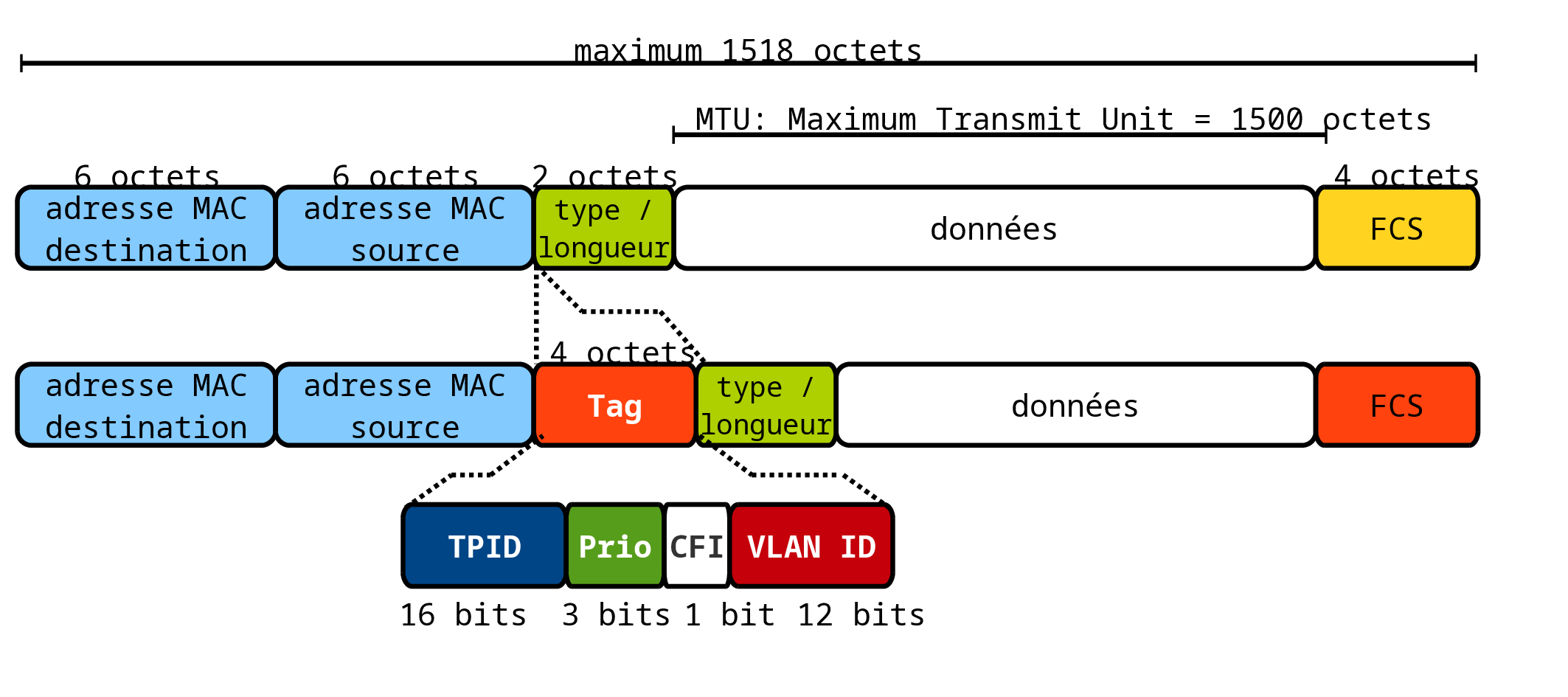
intended for smaller, shorter distance networks.data security, as common firewalls can be used.However, there are a few disadvantages as well. Advantages and disadvantages of EthernetĮthernet has many benefits for users, which is why it grew so popular. Current versions of Ethernet can support operations up to 400 gigabits per second (Gbps). The Institute of Electrical and Electronics Engineers (IEEE) continues to deliver increased performance with successive updates. Throughout its evolution, Ethernet also maintained backward compatibility.Įthernet's original 10 megabits per second throughput increased tenfold to 100 Mbps in the mid-1990s.

As network technology advanced, Ethernet ability to evolve and deliver higher levels of performance, ensured its sustained popularity. For local networks used by specific organizations - such as company offices, school campuses and hospitals - Ethernet is used for its high speed, security and reliability.Įthernet initially grew popular due to its inexpensive price tag when compared to the competing technology of the time, such as IBM's token ring. Why is Ethernet used?Įthernet is used to connect devices in a network and is still a popular form of network connection. This makes it difficult for outsiders to access network data or hijack bandwidth for unsanctioned devices. It can also offer a greater degree of network security and control than wireless technology because devices must connect using physical cabling. From businesses to gamers, diverse end users rely on the benefits of Ethernet connectivity, which include reliability and security.Ĭompared to wireless LAN ( WLAN) technology, Ethernet is typically less vulnerable to disruptions. An Ethernet cable is the physical, encased wiring over which the data travels.Ĭonnected devices that use cables to access a geographically localized network - instead of a wireless connection - likely use Ethernet. It enables devices to communicate with each other via a protocol, which is a set of rules or common network language.Įthernet describes how network devices format and transmit data so other devices on the same LAN or campus network can recognize, receive and process the information. These devices are a convenient alternative to PCI cards for desktop computers, and they're also used with video game consoles and other consumer devices that lack PCMCIA slots.Ethernet is the traditional technology for connecting devices in a wired local area network ( LAN) or wide area network (WAN). Though they look more like small boxes than cards, external USB Ethernet adapters also fill a market niche.By the early 2010s, however, fewer laptops supported the PCMCIA standard.
#Intr earthnet Pc#
The PC Card is a common PCMCIA device, although only some PC Card and PCMCIA products support Ethernet. These insert into slots on the side or front of the device.

#Intr earthnet install#
Computer owners had to open the computer's case to install the ISA card. In the 1990s and early 2000s, large Industry Standard Architecture cards were the first standard for PCs.


 0 kommentar(er)
0 kommentar(er)
